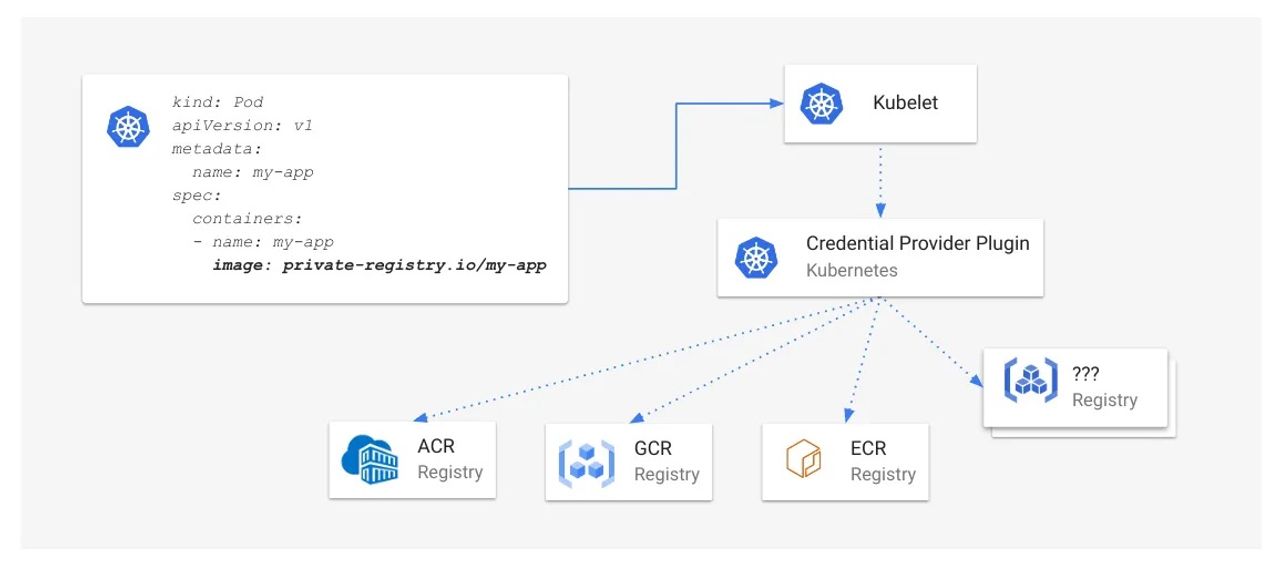It seems like ever since Frances Berriman coined the term “Progressive Web App” in an effort to describe a new class of website, there’s been a great deal of confusion over exactly what a Progressive Web App (PWA) is. Sure, her husband, Alex Russell, put together a handy guide to the characteristics of a PWA, and they have been the subject of reams of documentation, dozens of blog posts, and equally as many conference talks.
[…]
None of these are true, but like so much misinformation these days, each contains a shred of truth that has been contorted into a falsehood. If you’re considering building a PWA, you might use a JavaScript framework or build it as a single page app, but it’s by no means necessary. They’re an option for building a PWA just like they’re an option for any other web project. After all, every PWA is (or at least should be) a website. PWAs just have some features that empower them to do more than websites have traditionally been able to… like install. But, similarly, installation is not the raison d’être of every PWA. And, while many of the first PWAs were focused on mobile and only worked on Android, PWAs are not limited to small screen devices anymore. They’re also more than a Google thing too; Microsoft, Mozilla, Opera, and Samsung are all on board. Apple recently declared their intent to implement Service Workers (one of the technical underpinnings of PWAs), but time will tell if they’ll support aspects like installation. No matter, as Progressive Web Apps work really well in Safari anyway!
[…]
That’s it. Once you have those in place, your website is a Progressive Web App. At least technically. Why the qualification? Well, this is where things get a little more nuanced.
[…]
In the next few sections, I will discuss several web project archetypes and how adopting some of these PWA characteristics can benefit their users. After all, that’s who we’re doing this for. But before I get to that, I want to discuss the seven characteristics of PWAs that are useful in any web project.
[…]
The kicker on that last one? iOS doesn’t even support Service Workers!
[…]
In most transactional scenarios, notifications can be quite helpful. Borrowing on the scenario I mentioned earlier, notifications can be used to let someone know when their transaction has completed (after all, in a PWA you could complete the transaction during a Background Sync when your site isn’t running). Notifications come in a two flavors: Web Notifications are triggered via JavaScript in an active page, Push Notifications are sent from the server and can be delivered even when the site isn’t open. Depending on the scenario, one or the other will probably make more sense. Just be aware that Push Notifications are not as well supported as Web Notifications… yet.
[…]






